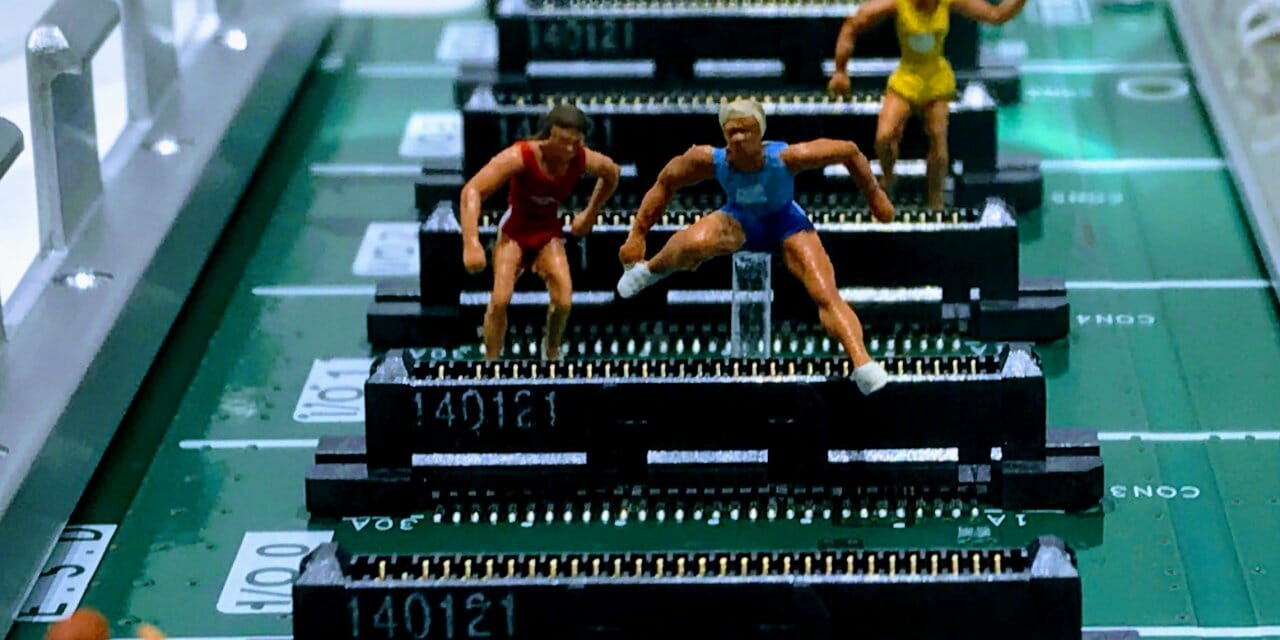Sports have changed in almost unimaginable ways over the last century, both in how they’re played and how we consume them. Technology has allowed sports to be consumed by billions of people across the planet via television and the internet. It’s also had a huge impact on how sports are played – allowing for greater athletic performance and faster, more exciting games.
In this article, we’ll be looking at some of the biggest changes that technology has brought about in how sports are played and how they’re watched, from the evolution of sports broadcasting to the impact of social media and smartphones.
The evolution of sports broadcasting
Easily the biggest impact technology has had on sports is the evolution of broadcasting. Sports were first broadcast to a wide audience in the 1920s, when stations would provide live coverage of games such as baseball and football. This would remain the norm until television came along in the 1930s onwards.
Although television ownership was still quite rare in the 30s and 40s, by the 1950s they were being purchased en masse and by the start of the 60s, more than 90% of households in the US owned a television. This had a huge impact on sports and allowed them to reach a mass audience like never before.
Another massive change to the evolution of sports broadcasting would come in the 1970s in the form of satellite and cable television. This meant that networks entirely dedicated to sports would emerge, further enhancing their reach.
Over the coming decades the way sports was broadcast on television continued to evolve, with instant replays, halftime shows and player interviews all becoming part of the package. Going into the 21st century, there was digital and HD television as well as the ability to watch at any time thanks to on-demand services. There was also the impact of smartphones and social media of course, but more on that shortly.
Improved equipment and sportswear
Technology has been hugely important in transforming athletic performance thanks to safer equipment, more lightweight sportswear and the ability to track performance using complex data.
The equipment used in many sports has changed dramatically since the early 20th century. There was a time when heavy leather balls were used in football for example. This made it much harder and more dangerous to head the ball but nowadays synthetic balls that are much lighter and more accurate are used pretty much everywhere.
In other sports, more lightweight and accurate equipment started to be used in sports like tennis, where wooden rackets were replaced by carbon fiber rackets. The clothes athletes would wear would also become more lightweight and aerodynamic, which was particularly useful in sports like cycling.
As well as the equipment and sportswear that athletes themselves would use improving, the surfaces they play on has also improved greatly over the past few decades too. This is especially true for sports that are played on grass, such as football, tennis, American football and rugby.
There was a team when sports played on grass fields were very much at the mercy of the elements. Now through the use of hybrid pitches, advanced drainage technology and retractable roofs, players can enjoy pristine conditions most of the time.
The impact of smartphones and social media
In the 21st century, nothing has had a bigger impact on how sports are consumed than smartphones and social media. Smartphones have evolved quite a bit since the earliest models in the mid 2000s and as the trend for bigger screens became the norm, more and more people started watching live sports on their smartphones. Golf Betting in Canada and other global markets has become increasingly enjoyed as a result of this, easing the experience of betting for countless players.
Social media has had a big impact on sports too of course, just as it has many other aspects of entertainment and culture. Nowadays, you’re able to follow the latest scores on social media as well as interacting with other fans and athletes themselves directly.
The impact technology will have on sports in the coming decades
Looking forward into the next decade and beyond, it’s clear that technology like VR, AR and AI will start to play a much bigger role, both in helping to train athletes and in how fans will be able to enjoy watching sports.
The NBA has already begun allowing its viewers to experience what it’s like to view a game from courtside through VR technology. This is just the beginning though; other sports and organizations are going to start integrating this technology to make them more interactive and fun for fans. AI is likely to be used a lot more in sports broadcasting and training too, although it’s hard to predict exactly how this will manifest right now.















